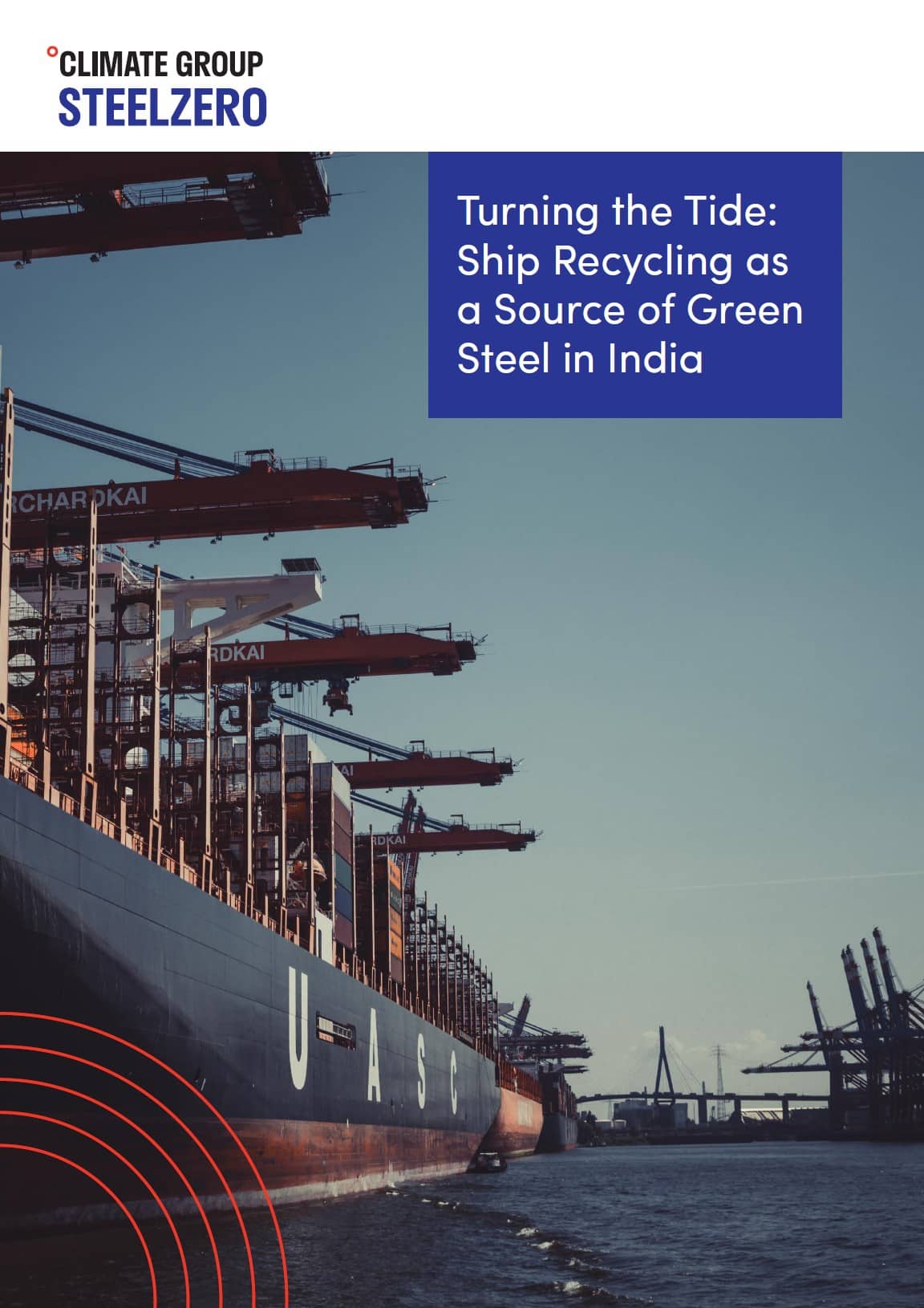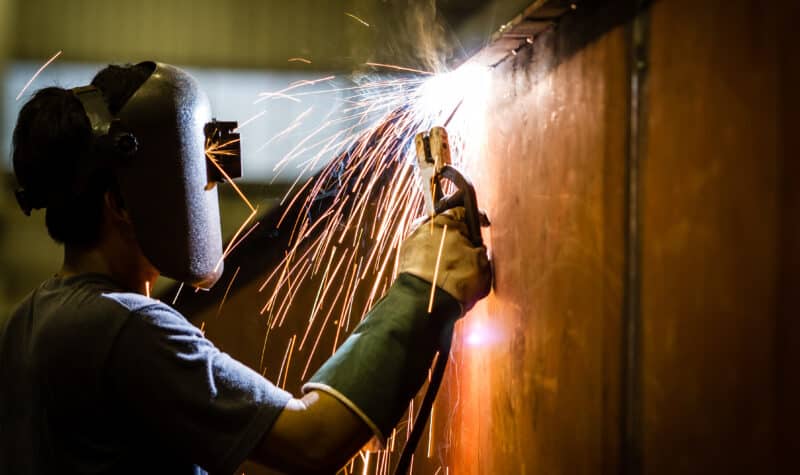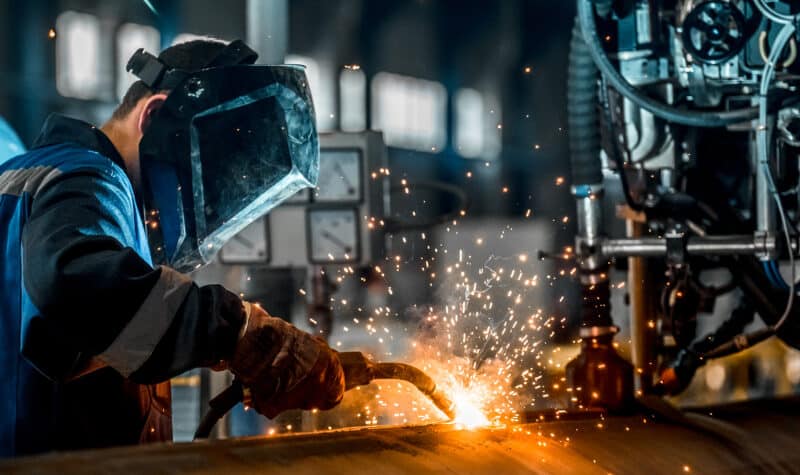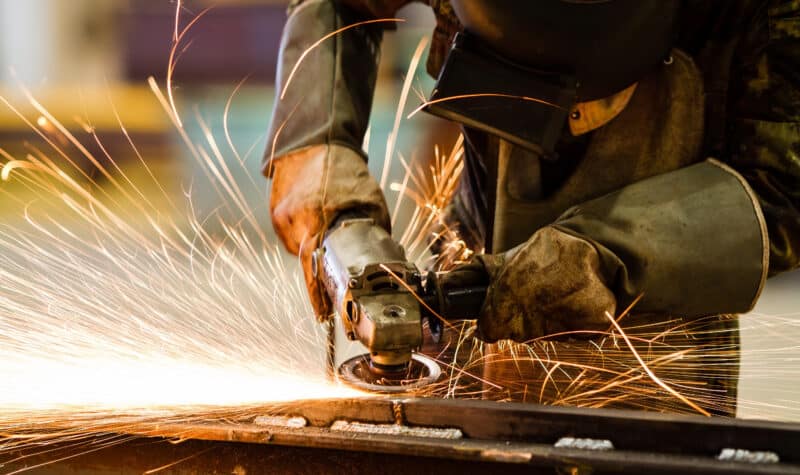Steel forms the backbone of modern economies, and India, as the world’s second-largest steel-producer, is on a path of rapid expansion. By 2030, India’s steel production is projected to double, driven by rising demand from infrastructure and manufacturing. However, this growth comes with a significant environmental cost—steel production accounts for 12 per cent of India’s greenhouse gas emissions, a number far higher than the global average. For India to achieve its net-zero ambitions, decarbonising its steel sector is imperative.
A key opportunity lies in recycling steel from ships, an industry where scrap steel and salvaged sections of steel plates and beams can be recovered and repurposed. Once recovered, steel can follow one of two paths: it can be melted into crude steel as scrap or reused directly as rerolled steel. These approaches not only reduce the environmental footprint of steel production but also align with India’s circular economy goals.
Scrap steel has long been recognised as a promising decarbonisation lever. In steelmaking, it plays a crucial role across processes: in basic oxygen furnaces (BOFs), scrap is added at 15-25 per-cent of each charge, primarily as a cooling agent and a source of iron units, while in electric arc furnaces (EAFs) and induction furnaces (IFs), it serves as the primary raw material, emitting just 0.53 tonnes of CO2 per tonne of crude steel compared to 2.54 tonnes from traditional methods using iron ore and coal.
Meanwhile, rerolled steel offers another pathway to sustainability. Salvaged steel plates and sections from ships are directly repurposed without the need for energy-intensive melting, finding new applications as beams, bars, and plates. By saving approximately 600 units of electricity per tonne, rerolled steel reduces energy consumption while extending the lifecycle of materials, exemplifying circular economy principles.
This dual role of steel recovered from ship recycling—supporting both crude steel production and circular applications—underscores its potential to meet India’s growing demand for sustainable steel. Globally, scrap steel is sourced from a variety of end-of-life products such as vehicles, appliances, and infrastructure. However, in India, many of these sources remain limited due to factors like a younger infrastructure base and lower vehicle retirement rates.
This raises a critical question: can ship recycling help bridge the gap in scrap availability and contribute meaningfully to India’s steel decarbonisation goals?
Earlier this year, in partnership with Climate Group and PwC India, we delved into this question through an in-depth study. Drawing insights from industry leaders, analysing global best practices, and identifying opportunities for scaling up ship recycling, the study shed light on how this sector can contribute to India’s green steel ambitions. Below are five key lessons we have learned over the past few months.
1. Ship recycling offers valuable steel but isn’t a silver bullet for secondary steel making in India
India’s ship recycling sector dismantles dozens of ships annually, generating high-quality steel. However, only about 25 per cent of this steel qualifies as melting scrap, which is essential for producing crude steel in EAFs and IFs and to a degree in blast furnaces. The remaining 75 per cent is repurposed into value-added products like plates, beams and bars for niche markets, including agricultural equipment and specific construction uses. These value added products command a significant price premium over melting scrap.
To maximise the contribution of ship recycling to India’s scrap needs, targeted measures are essential. Policy incentives could drive investments in advanced processing technologies, such as automated shredders—which efficiently break down large metal structures into smaller, recyclable components—and pre-cleaning systems, which safely remove hazardous substances like oil and chemical residues from ships before dismantling.
These innovations not only enhance safety and environmental compliance but also improve the quality of recovered scrap, increasing its suitability for use as melting scrap in steel production. However, from the perspective of melting scrap availability, the message is clear: while ship recycling is a small part of the solution today, it alone cannot serve as a predictable source of scrap and must be complemented by other strategies to meet India’s scrap needs.
2. Ship recycling is a sustainability success story that deserves more attention
India’s ship recycling sector is a model of circular economy principles, recovering up to 98 per cent of a ship’s materials for reuse. Steel, which constitutes about 90 per cent of a ship’s weight is salvaged, reused or melted down to create new products.
Each tonne of recycled steel saves 1.4 tonnes of iron ore, 0.8 tonnes of coal, and 0.3 tonnes of limestone, while avoiding 1.67 tonnes of CO2 emissions. By 2040, our study projects that India’s ship recycling sector could prevent nearly 20 million tonnes of CO2 emissions annually.
In addition to its environmental benefits the sector conserves resources, supports local economies and reduces the environmental footprint of the steel industry. Recognising and scaling these contributions could further unlock the sector’s potential.
3. India can strengthen its leadership in ship recycling with proactive measures
Much of ship recycling happens in South Asia (approximately 85 per cent) and Turkey (approximately 6 per cent). India has long been a global leader (approximately 30 per cent) in ship recycling, with Alang in the state of Gujarat, at the heart of this activity.
However, competition in the ship recycling sector is intensifying. Bangladesh’s ship recycling industry contributes around 40 per cent to its domestic steel market, compared to just 0.5 – 2 per cent in India. Consequently, countries like Bangladesh and Pakistan are able to offer nearly USD 50 per tonne more than India to procure ships, giving them a significant competitive edge. These challenges have severely impacted operations in Alang, which currently operates at just 25 per cent of its capacity, leaving many shipyards idle without ships to recycle.
To sustain its leadership, India must act decisively. Investments in modern facilities, improved human safety standards, and greater environmental compliance are critical. While some yards have made significant upgrades, there is room for more comprehensive improvements across the board. As the ship recycling market improves, the study also reveals that expanding capacity to other coastal regions, particularly on the eastern coast, could also increase throughput and accessibility.
4. Aligning with global standards unlocks new opportunities
Global regulations, such as the EU Ship Recycling Regulation (EU SRR) and the Hong Kong Convention, demand sustainable practices in ship recycling. These practices include environmentally sound management of hazardous materials, safe working conditions for labourers and adherence to strict waste disposal standards. With 75 per cent of Alang’s facilities already meeting Hong Kong Convention standards and complying with sustainable ship recycling practices, Indian yards are well-positioned to serve international markets.
Achieving EU SRR certification requires adherence to the highest environmental and safety standards. However, Indian shipyards face significant challenges, including inconsistent Ship Recycling Facility Plans (SRFPs) that lack the procedural detail demanded by EU inspections, and concerns about leakage control in intertidal zones due to reliance on the beaching method. These issues, coupled with inadequate medical infrastructure, such as the absence of trauma centres near yards, have hampered progress. However, EU regulations have also been criticised for favouring dry-docking and landing methods used in Turkey, creating a perceived protectionist barrier against Indian yards. While these geopolitical dynamics pose challenges, Indian shipyards can focus on aspects within their control, such as standardising practices, upgrading facilities and exceeding global standards. By demonstrating operational excellence and addressing these concerns, they can strengthen their position as leaders in sustainable ship recycling and make a compelling case for certification.
5. Connecting ship recycling to green steel initiatives is crucial
Ship recycling holds significant potential to support India’s green steel transition. Scrap recovered from ships, if available in significant quantities in the future and at the right price, can serve as a critical input for EAFs and IFs.
Additionally, realising this potential will also require targeted investments to ensure the efficient recovery, processing, and integration of ship-derived scrap into the steel production value chain. With most steel plants located in the east of India and Alang in the west, transportation economics also need to be carefully aligned to maximise efficiency and value.
Finally, most ship recyclers also operate small to medium entrprise (SME) steel units. Modernising these facilities with renewable energy, fostering innovative business models and building partnerships between recyclers and integrated steel producers could help streamline operations and enhance the sector’s contribution to decarbonisation. These efforts are crucial to aligning ship recycling with India’s broader green steel ambitions, ensuring the sector remains both sustainable and competitive.
Enabling the journey from ships to sustainable steel
Our study highlighted the immense potential of ship recycling to contribute to India’s green steel goals, while also uncovering its limitations. While it is not a standalone solution, it plays a crucial role in complementing broader strategies to address India’s scrap deficit. Addressing challenges like limited melting scrap availability, growing competition and the need for modernisation will be key to unlocking its full value.
At Climate Catalyst, we remain committed to enabling decarbonisation in critical sectors like steel. Through initiatives such as the India Green Steel Network (IGSN), we work with stakeholders to advance sustainable solutions. Ship recycling is a vital part of this journey, showcasing how circular economy practices can transform industries.
We are grateful to Climate Group and PwC for their valuable contributions to this project and to the many stakeholders from the Ministry of Ports, Shipping and Waterways (MoPSW), Ministry of Steel, the Ship Recycling Industry Association, JSW, SAIL and international organisations such as Maersk, the Sustainable Freight Centre, NGO Shipbreaking Platform and many others, who generously shared their expertise and insights to make this study possible.
Last year, we also established a Scrap Working Group under the India Green Steel Network, to support and guide this project. We are deeply grateful to its members for their collaboration and invaluable input.
Explore our findings further in the report linked below and join the conversation to shape a greener, more sustainable future for the Indian steel industry.

Explore our findings
Discover deeper insights into India’s ship breaking and recycling industry, as well as key recommendations for stakeholders and policymakers in this report.

About the Author
Nandan
Nandan bring a wealth of experience across his roles in impact investing, consulting, non-profits, academia and politics. He supports the build out and implementation of policy and government engagement strategies for our work in India.

About the Author
Sakshi
Sakshi has spent more than a decade working on policy advocacy and strategy development for non-profits. She now leads our steel programme at Climate Catalyst and works with partners to implement strategies to accelerate steel decarbonisation in India.

About the Author
Ferth
Ferth’s career spans research, project management, policy advocacy, campaigning and partnership building across diverse sustainability issues. At Climate Catalyst, he focuses on supporting the organisation’s programmes and partnerships across our work in Asia.



